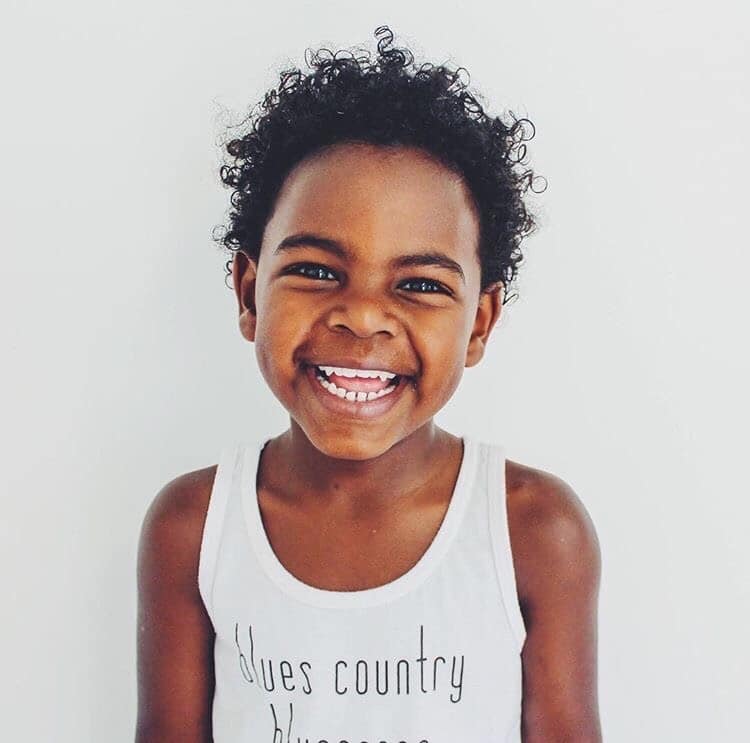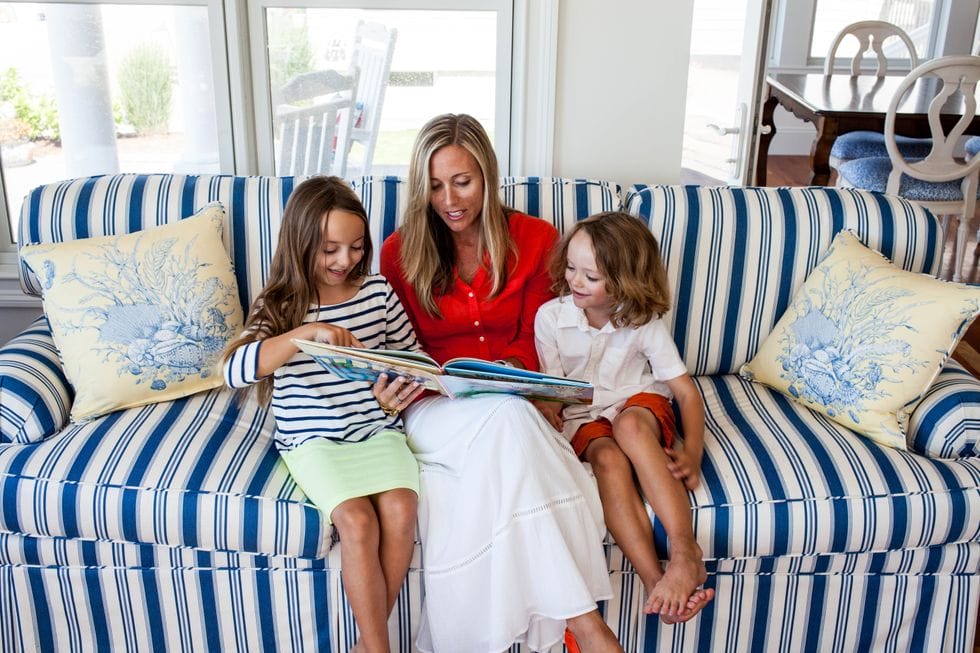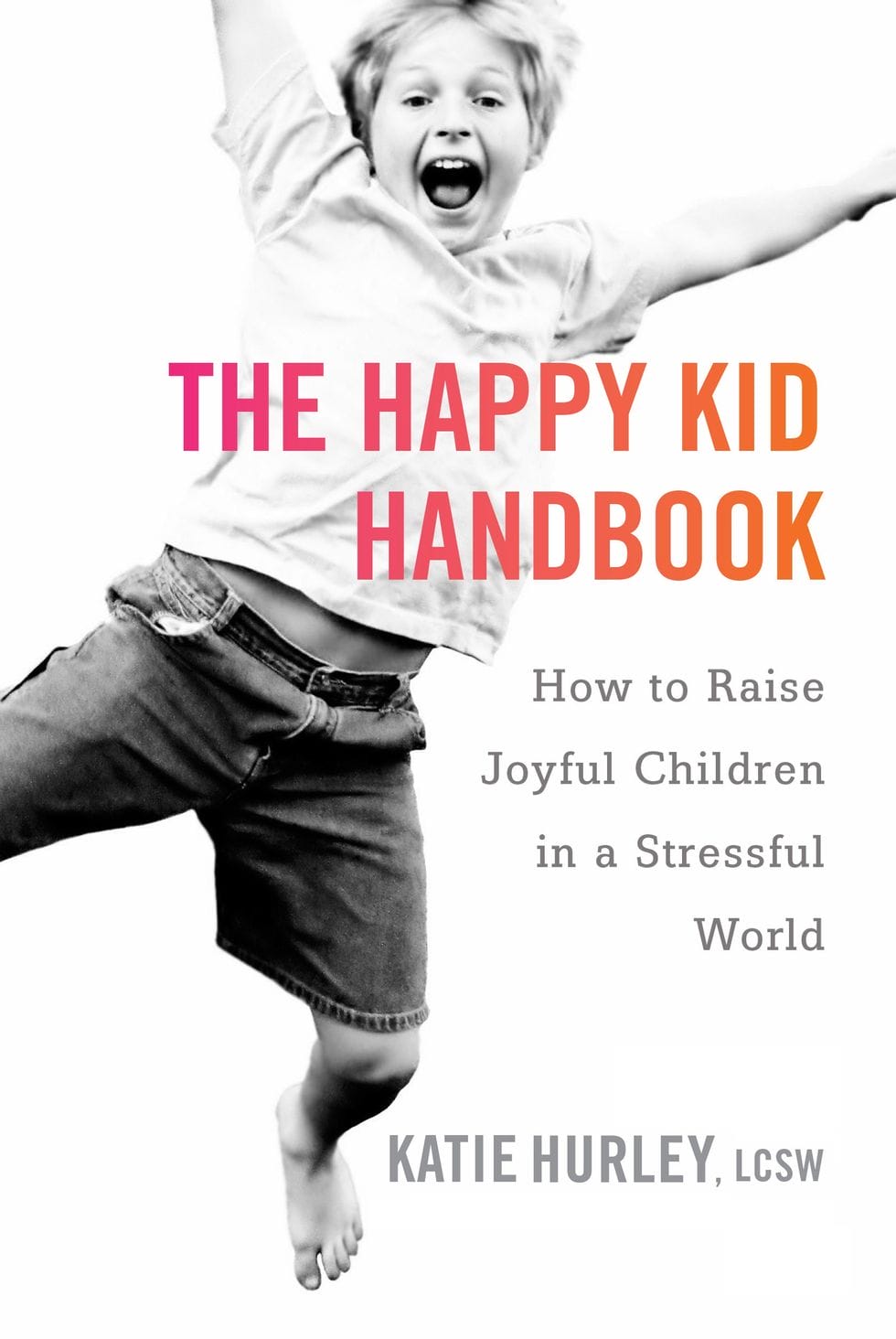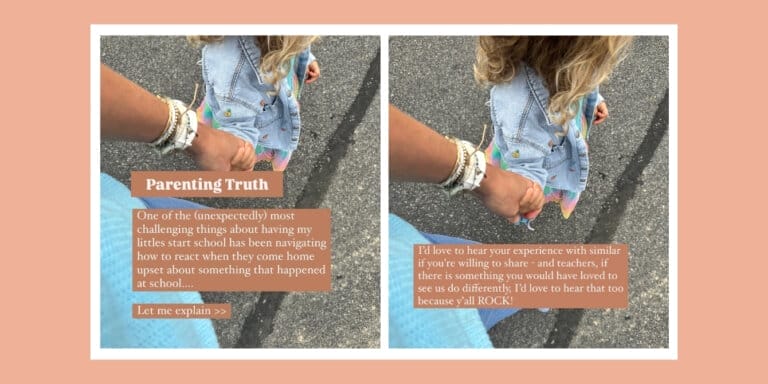Have an assertive child? Good.

4 expert tips to raise a confident child
Years ago I worked with a young girl who, from the outside looking in, appeared happy, calm, social and engaging. In fact, when I first observed her among her peers, I wondered why her mother was worried about her. She played among other girls without a hint of trouble. In the classroom, she appeared focused and interested.
It was during a classroom observation that it hit me: While this student appeared happy and well-adjusted, she lacked assertiveness skills.When the teacher posed a question, she scanned the room to make sure no one else raised a hand before tentatively raising hers and answered in a very quiet voice. If another child raised a hand after her, she put hers down and let the other child take centerstage. A closer look at her play revealed that she was always the go-with-the-flow player. She never pitched ideas or shared opinions. She simply did what the others wanted to do.
While this young girl didn’t appear to be under stress at school, she saved it for home. She cried to her mom night after night and sometimes wished to start over somewhere new.
She didn’t know how to change.
Many children struggle with assertiveness skills for a variety of reasons. For this young girl, politeness was highly valued in her home and she didn’t know how to merge her polite demeanor with assertiveness.She didn’t believe that the two could work together.
From the moment kids can speak, we teach them to listen. We shush them when they cry. We try every trick in the book to “tame” tantrums. We speak for them when they begin new classes, groups, or teams. We arrange their play dates and make choices on their behalf. We bombard them with negative feedback: Take turns, share more, wait longer, be more patient.
While kids do need to learn how to get along with others, and turn-taking is a good skill to have, children today learn these skills in a much different way. Thirty years ago, kids learned these skills out in the community. They roamed their neighborhoods in search of pals, asked to join an existing game, advocated for themselves and others during play, and scheduled their own play dates. Thirty years ago, kids had to pick up the phone, talk to the other child’s mother when she answered, and then invite the friend over.Today, these things are done for children and even “free play” tends to occur in a controlled environment with an art project at the ready.
Kids today have limited opportunities to use their voices and that makes it difficult to practice assertiveness skills. The good news? Parents can help their kids build assertiveness skills!

So, what are a few of the best ways to raise an assertive (and happy) kiddo?
Role play three ways.
Many kids have difficulty understanding the difference between passive, aggressive, and assertive communication. While describing the three in detail (right down to the flimsy handshake of the passive communicator and the overpowering crossed arms of the aggressive one) can be useful, kids tend to process information more efficiently when they act it out.
Create three characters to represent each style and brainstorm some scenarios that might actually apply to your child (e.g.,sharing toys with a peer). Take turns “trying on” each character and then discuss how it felt to play each role.
Create an “all about me” board.
I find that teaching kids to identify their strengths helps them find their voices. It’s natural for kids to compare themselves to others.They see the strengths in their peers and wonder how they stack up.
An “all about me” board gives kids a chance to think about(and showcase) their interests, strengths, likes and dislikes, and their support networks. All they need is a poster, some art supplies (my kids love to cut and paste from magazines), and time to create!
Craft a bill of rights.
We spend so much time teaching kids the “don’ts” of th eworld that we sometimes forget to teach them that they do have rights.
If we want to raise kids capable of asserting their feelings, thoughts, and needs, we have to begin by helping them understand their own rights. This should be unique to each child, but all kids should understand, for example, that they have the right to say “no” when something doesn’t feel right.
They have the right to voice their opinions. They have the right to be treated with respect.They have the right to ask for help when they need it.
They have the right to be themselves.
Teach them how to follow through on goals.
One of the best ways to help kids learn to assert their needs is to teach them to set and reach their own personal goals. In school, they do what they have to do to reach their academic goals. At home, they should learn to set their own goals, break them down into manageable pieces and ask for help when necessary.
Just last week, my nine-year-old daughter wanted to makeM&M cookies on her own. She made a plan and followed it: Find the recipe.Get out the ingredients. Turn on the oven (ask for help with that). Follow the steps and ask for help when something is unclear.
You know what? I only helped her twice! She knew when to speak up and when to work through something on her own. Those are life lessons that you can’t learn from a worksheet.

For more ideas on promoting assertiveness and raising a happy + healthy child, check out my new book, The Happy Kid Handbook: How to Raise Joyful Children in a Stressful World.


































